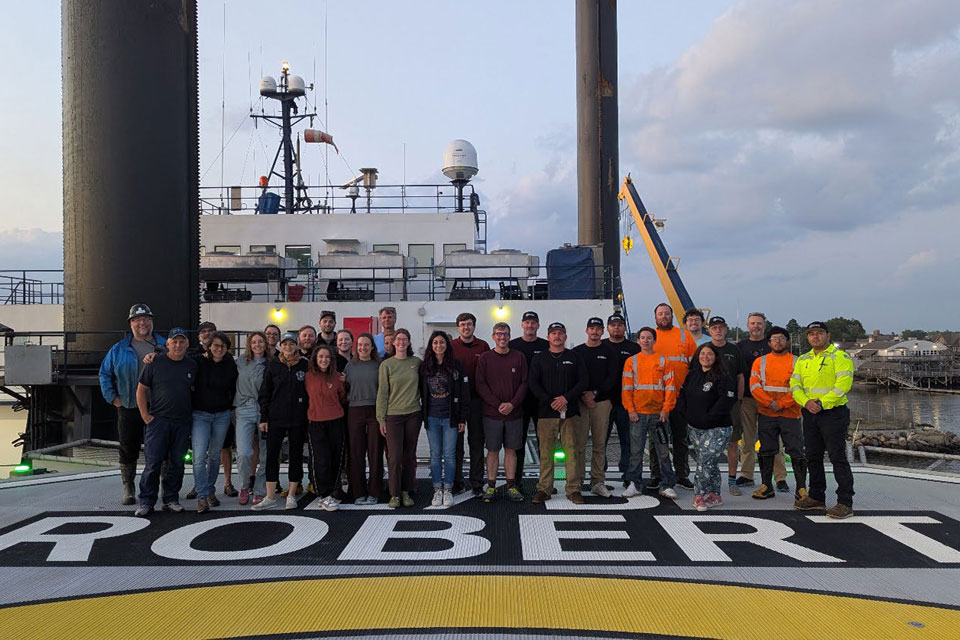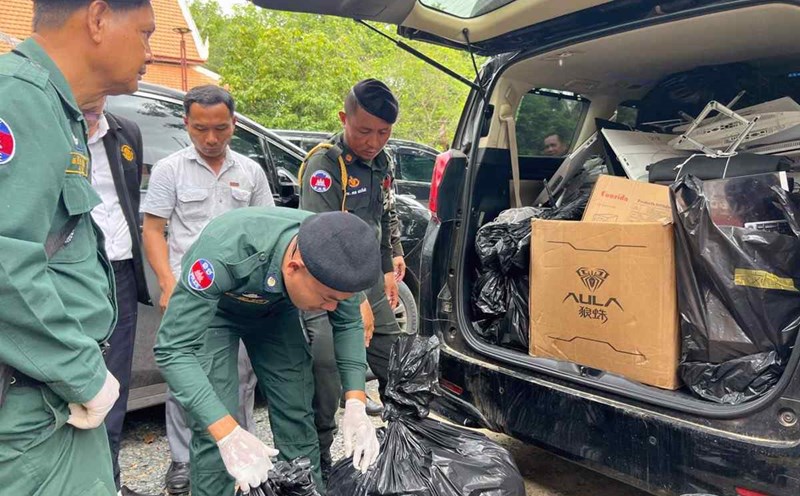Half a century ago, a US government drilling ship accidentally discovered something unlikely: Freshwater is located under the salinity of the Atlantic Ocean, off the east coast of the United States. This discovery was shelved at that time, but now it has become the focus of an unprecedented international scientific invention, opening up hope to solve the problem of global water scarcity.
This summer, a campaign called Expedition 501 was launched with the Robert lift ship - a type that usually serves oil drilling and wind power, now transformed into a floating laboratory.
For 3 months in the sea off the Cape Cod, the international scientific team drilled up to 400m deep into the seabed, collecting thousands of core samples and nearly 50,000 liters of water for analysis.
What they are looking for is not new. As early as 1976, the US Geological Survey (USGS) drilled a drill on Nantucket Island and discovered freshwater at a surprising depth, suggesting the existence of an offshore storage layer.
Since then, many surveys from Georgia to Georges Bank have also continuously encountered sweetwater or phase-altitude water under the continental shelf.
In 2015, electromagnetic imaging technology painted a giant tank under the Atlantic Ocean, which can be compared to the famous Ogallala water body in the US Delta.
The Expedition 501 campaign aims to verify those clues, with funding of $25 million from the US National Science Foundation, the EU and more than a dozen countries participating. Scientists expect the water layer to extend from New Jersey to Maine, enough to supply a New York-sized city for centuries.

In reality, it is even more surprising - the fresh and almost sweet water appears at both shallow and deeper than expected depths, showing that this system is larger and more complex than the previous model.
During the drilling process, water sometimes flows from the pipes - clear evidence that this is not just a layer of moist sediment, but an underground "water lake" with pressure and cross-connection.
The biggest question now is where this country comes from? One theory says it is a legacy of the ice age, when the sea level was lower and the melting ice seeped into the sand that had now submerged.
Another hypothesis is that the water layer is still connected to underground vessels on land, which are slowly replenished over thousands of years. Maybe both are correct - the foundation is from ice and ice, "epulated" by modern flow.
In the context of increasingly severe water shortages, this discovery lit up hope. From Cape Town reaching the "Waterless Water Day" threshold in 2018, to the states around Ngu Dai Ho also have to face underwater shortages, the risk of a widespread crisis.
Subsea freshwater layers do not only exist off the coast of the United States. There is a lot of evidence that they appear in South Africa, Canada, Hawaii, Jakarta (Indonesia) and many other coastal areas. However, Expedition 501 is the first project of global scale to drill and explore, sample and map this system for the purpose of water resources research.











